Latest Posts
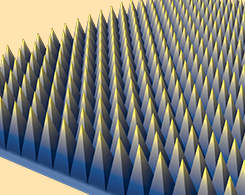
How to Numerically Simplify Your Periodic RF Models
Looking for an easier way to model periodic RF structures, such as frequency selective surfaces, electromagnetic band gap structures, reactive and high impedance surfaces, and metamaterials?
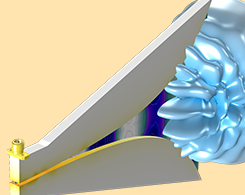
Your Guide to the Physics Interfaces and Studies in the RF Module
The RF Module includes 4 physics interfaces and studies that you can use to analyze electromagnetic wave propagation and resonance behavior in your RF analyses.
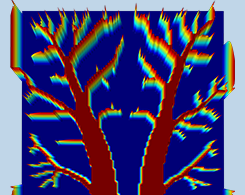
Comparing Optimization Methods for a Heat Sink Design for 3D Printing
When designing a heat sink, is it better to use parametric or topology optimization? When manufacturing said design, does 3D printing produce the best result, or a conventional method?
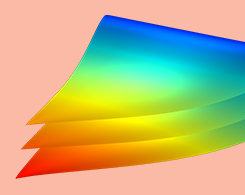
Verification Model: Postbuckling Analysis of a Spherical Cap
Think about what happens to a soda or beer can when you crush it. This phenomenon is called buckling, in which compressive stress causes sudden failure in a structure.

Comparing 2 Model Files in the COMSOL Multiphysics® Software
Why compare 2 model files? You can identify and correct errors in your current model, document and check differences between two versions of a model under development, and more…
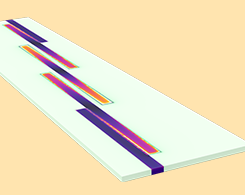
Your Guide to Lumped Ports in the RF Module
Your guide to the 4 different types of lumped ports that you can use for your RF analyses, as well as the different modeling scenarios in which each type is applicable.
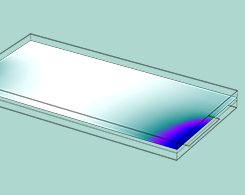
Evaluating the Electrode Utilization of a Lithium-Ion Battery Pouch Cell
Large-format batteries are found in energy storage systems; electric, hybrid, and plug-in cars; unmanned vehicles; light-rail trains; and more. We discuss modeling a component of these batteries.

Calculating the Heat Transfer Coefficient for Flat and Corrugated Plates
What is the heat transfer coefficient, and how do you calculate it? This blog post includes a theoretical background and demonstration of 2 examples in COMSOL Multiphysics®.

Happy Birthday, Charles Proteus Steinmetz
Today’s engineering students benefit from Steinmetz’s work on alternating currents and magnetism. How much do you know about the man behind the law of hysteresis?
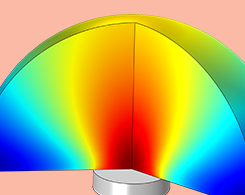
Fine-Tuning the Design of Piezoelectric Transducers with Simulation
A variety of use cases and a variety of physics: Piezoelectric transducer designs need to account for electric currents, pressure acoustics, stress-strain, and acoustic-structure interaction.
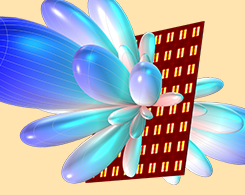
How to Synthesize the Radiation Pattern of an Antenna Array
You can study and prototype a phased array antenna without analyzing the entire structure through a full 3D wave equation (saving time and computational costs) by using an antenna array factor.
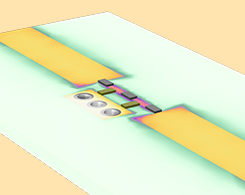
How to Simplify a Two-Port Device Model Using a Touchstone File
Say you’re modeling a two-port device and want to reduce the computational resources involved. We demonstrate one way to do so, involving a Touchstone file…

A Calculated Victory: Karen Keskulla Uhlenbeck Wins 2019 Abel Prize
What inspires you about Karen Keskulla Uhlenbeck, the 2019 Abel Prize Laureate and first woman to win the award? Learn about her career and research as well as the history of the Abel Prize.
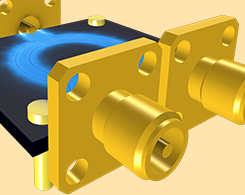
RF Module Part Library: An Easier Way to Model RF Devices
Sometimes, your models need to include connectors. Instead of spending time creating geometries for each connector, you can simply add them from the Part Library.

Defying Gravity with a Realistic Acoustic Levitator Model
It’s not just science fiction: Objects really can levitate. 1 way this is possible is by using sound waves to lift and suspend particles midair. Simulation can broaden the use of this technology.

Modeling Multi-Ply Materials with Composite Materials Technology
In a follow-up to a previous blog post on paper mechanics modeling, Eric Linvill of Lightness by Design compares 3 methods of analysis for multi-ply materials such as paperboard.

Happy Birthday, Emmy Noether
During a time when women were not welcome in STEM fields, Emmy Noether made many significant contributions to modern mathematics, including abstract algebra and an invariant theorem.
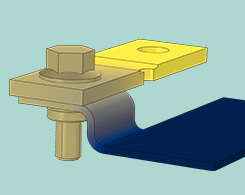
Protecting Against Atmospheric Corrosion with Simulation
Certain environmental factors, such as humidity and snow, can lead to atmospheric corrosion. The result? Rusty bikes, cars, and other metal structures. Simulation can protect against this effect.
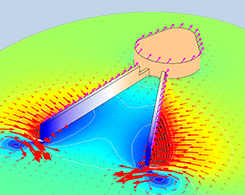
Modeling Fluid-Structure Interaction in Multibody Mechanisms
To model advanced FSI scenarios, such as swimming mechanisms or airflow around a wind turbine blade, you can use the Fluid-Structure Interaction, Pair multiphysics coupling.
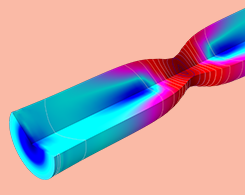
Evaluating the Necking of an Elastoplastic Metal Bar Benchmark Model
To determine the strength of elastoplastic materials, engineers often use uniaxial testing to analyze necking instability. This benchmark model proves that simulation is also a reliable method.
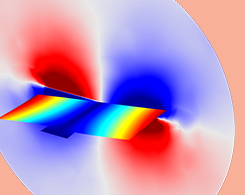
How to Model Different Types of Damping in COMSOL Multiphysics®
Structural dynamics analyses can be difficult if you have to account for damping. Get a demonstration of how to use the different numerical models for damping in COMSOL Multiphysics. Part 2 of 3.
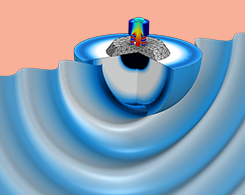
Damping in Structural Dynamics: Theory and Sources
Here’s your introduction to the theory behind damping in vibrating structures, as well as its sources, including internal losses, friction, sound emission, and more. Part 1 of 2.

Happy Birthday, Sir William Henry Perkin
This chemist went from studying at the Royal College of Chemistry and researching malaria treatment to synthesizing the first synthetic dye and running a dye shop and manufacturing plant…
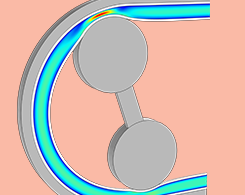
Veryst Combines Material Testing and Simulation for Reliable Results
Simulation helps companies develop the best designs. Understanding material behavior plays a key role in generating accurate simulations. Here’s how Veryst combines testing and FSI simulation.
